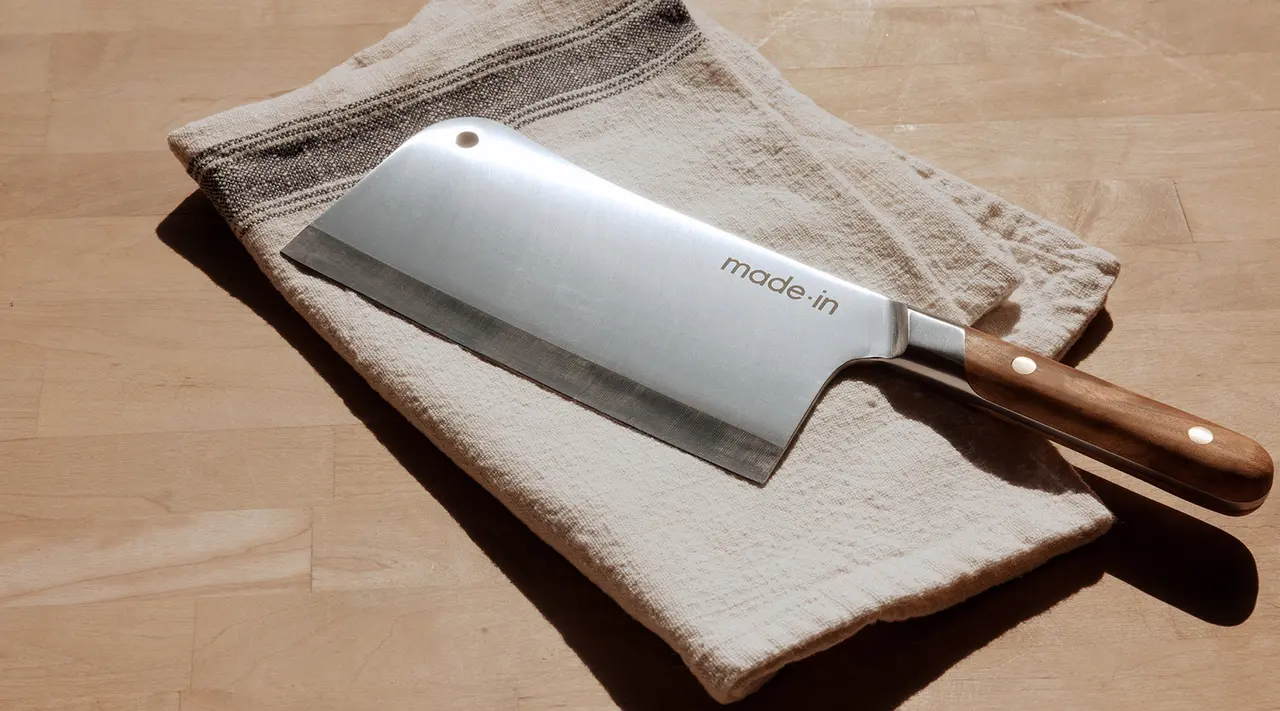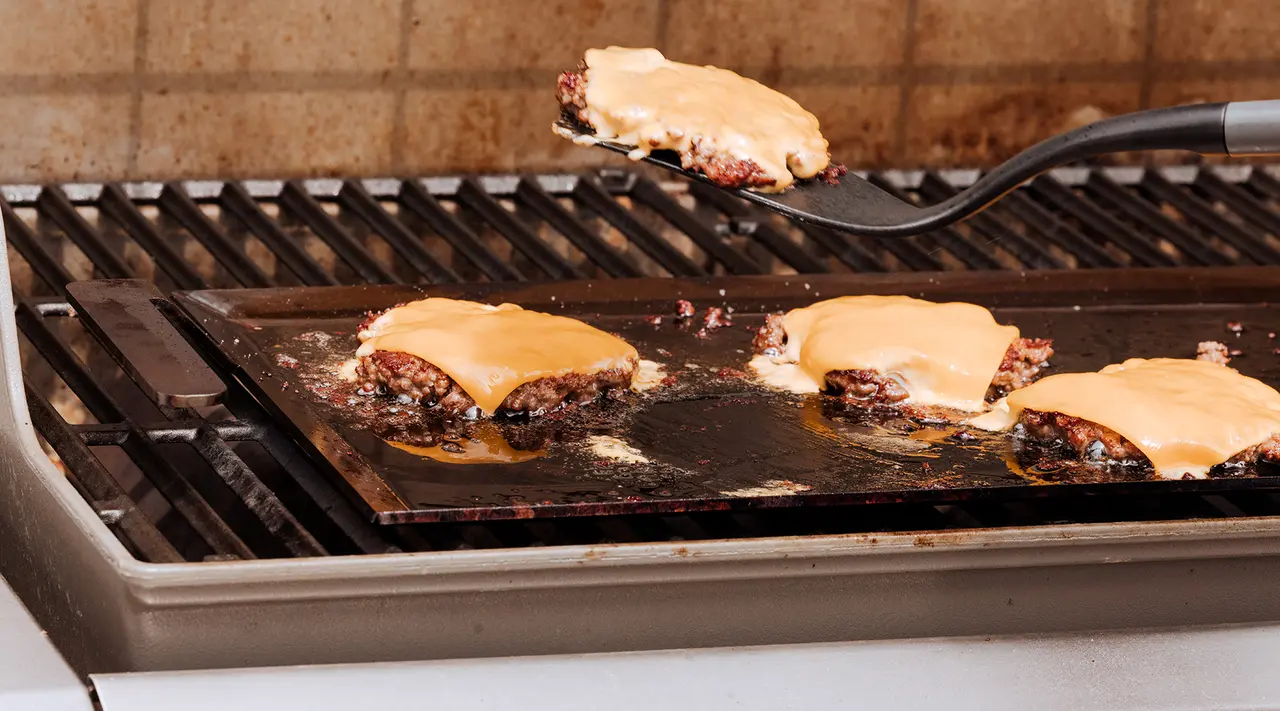Is it hard to make cheese? What’s the process like? And is it possible for the average cook to master the art? Read on for everything you need to know about home cheesemaking.
When it comes to home cooking tasks, nothing sounds quite as ‘impossible’ as making cheese. I mean, we all know it comes from milk in some form or another. But how exactly does it turn into the creamy, salty, delicious dairy product we know and love? And if I do tackle the task, how do I avoid sending my family to the hospital?
All kidding aside, the answer isn’t as complex as one might think. In fact, it’s very possible to make cheese at home, as long as you know the basics. We’re going to walk through every seemingly difficult step to this centuries-old process. Along the way, we’ll talk about which varieties are easiest to make for beginners. That way, you’ll have the very best chance at culinary success.
So don’t fret! Let’s start fermenting!
And Then There Was Cheese
There’s evidence to suggest that humanity’s use of milk goes back as far as 6,000 BCE. But it wasn’t until 2,500 BCE that we discovered the amazing art of coagulation. Modern archeologists have found curd molds in Sumer and other Mesopotamian locales, which indicates that our cheese obsession has been going for quite some time.
Today, people of practically every nationality, ethnicity and culture have adapted this versatile food for their own cooking purposes. The ancient art form doesn’t require too many fancy tools or ingredients. Just a little patience will do the trick. Alright—no more talking. Let’s get fermenting.
Which Cheeses are Easiest to Make at Home?
Every expert is bound to give a different answer. But among home chefs across the blogosphere, there are a few favorites. Let’s start with a classic Italian variety.
1. Mozzarella
Recipe courtesy of TheKitchn.com
This versatile treat is so good, it seems almost risky to make it for ourselves. Can you imagine treating your spouse or significant other to fresh mozzarella every night of the week? Anyways, incorporating citric acid powder into your heated milk makes making mozzarella simple. The process takes barely twenty minutes and requires a little kneading to get it right. But once you do, there’s no going back.
How should you serve it? Try this Ultimate Mozzarella Sticks recipe from Bon Appetit.
2. Feta
Recipe courtesy of The Spruce Eats
Technically a ‘semi-hard’ cheese, feta is universally beloved in salads and pasta dishes all across America. Sprinkle it freely knowing you can make it at home with a little patience and pressure put to work. To make feta, you need to heat milk, introduce your culture, ripen, cut the curd and combine. There’s a little more to it, including the need for a cheese press. Invest in the right equipment, and this hobby will soon pay off.
How should you serve it? Try this scrumptious Spaghetti with Tomatoes and Feta from Food & Wine.
3. Fromage Blanc
Recipe courtesy of Food Network
Imagine fresh, creamy deliciousness in just an hour! Fromage Blanc, similar to Chevre cheese, is a perfect variety to get your feet wet. Requiring no heavy lifting or complex sifting, Fromage Blanc is basically a short waiting game. Just prepare your milk, add your chosen culture and allow the concoction to set for half a day. The finished result then ‘hangs’ for a while before it’s ready for plating.
How should you serve it? Try a yummy Fromage Blanc Garlic Dip from Cultures for Health.
Basic Steps for Making Cheese at Home
Regardless of the type of cheese you are trying to make, there are a series of basic phases you must complete to make it happen. From soft to firm to hard-as-a-rock, keep the following instructions in mind:
- Begin with heated milk. Use your Made In cookware to warm your base liquid over the stovetop. Experts advise you shouldn’t use an old carton sitting in the fridge for a week. Instead, start with the freshest you can find. Folks in the country may be in luck if there’s a dairy farm around the corner. But for everyone else, a new store-bought pint works just as well.
- Add your acid. In order to transform its structure, you need to introduce an agent to the milk to begin the fermentation process. While there are a number of methods you can use, a live culture or bacteria is typically the solution. These little ‘culture’ parasites will consume the fresh milk’s sugars. The result is lactic acid.
- Drop in the rennet. Sounds like a strange word. But to cheesemakers, it’s essential. Used as a coagulant, rennet allows your mixture to ‘form’ again, bringing it closer to its final state for consumption. Once ready, it will actually have the consistency of a gel. Not sure where to start? You can purchase animal rennet online or in the store for very cheap.
- Prepare to slice. Referred be cheesemakers as ‘cutting the curd,’ this is the step in which your gelled mixture gets sliced into sections. The smaller your cuts, the drier and harder your final cheese will be. Instead of a knife, you can use a whisk or other grate-like utensil.
- Stir ‘til you drop. Next, you’ll turn up the heat and keep your mixture moving so that moisture escapes and it dries and firms. Every recipe is different, so don’t feel the need to give your wrist a workout. If you overdo it, your cheese will be too dry. So be sure to follow the exact instructions for the variety you’re making.
- *Swap in water. When the liquid starts to look cloudy because whey is forming, be sure to replace with fresh water. This is only required when you’re trying to create a sweet, mild flavored cheese with soft, flexible texture.
- Wash away the whey. Next, use a cheesecloth (you finally get to use this strange supply!) to remove all liquid whey from the curds you’ve created. Let your remaining materials settle, then place them into a wheel (or Made In pan) to form into a brick.
- Add your salt and wait. The next step is where your creativity comes into play. Add salt, pepper, seasoning and other ingredients to achieve ideal flavor. Depending on how you store the cheese and how long you let it sit, your gourmet creation will take on its own unique texture and taste profile. Can’t stand the wait? If you’re happy with the flavor, it’s safe to devour right now!
Sound like a plan? Check out our other cheesy Made In articles for more tips and tricks!























